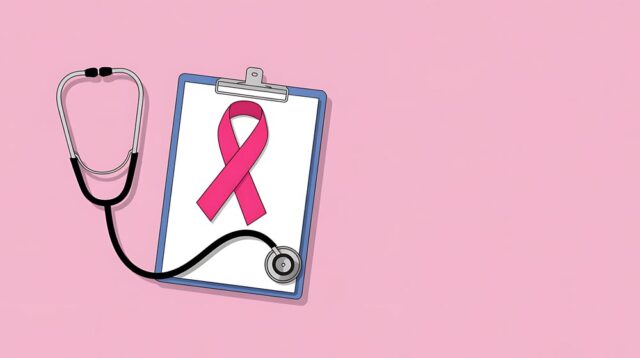Advertisment
How heart arrhythmia occurs

Researchers have discovered the fundamental biology of calcium waves in relation to heart arrhythmias. The findings published in Nature Medicine outlines the discovery of this fundamental physiological process that researchers hope will one day help design molecularly tailored medications that correct the pathophysiology.
Heart arrhythmias cause the heart to beat irregularly, resulting in symptoms such as dizziness and fainting, or in severe cases, sudden arrhythmic death. While many factors contribute to the development of arrhythmias, including genetics, scientists know that a common mechanism of cardiac arrhythmias is calcium overload in the heart, i.e. calcium-triggered arrhythmias that can lead to sudden death. The underlying mechanism of these calcium-triggered arrhythmias has remained a mystery for decades.
Using a combination of molecular biology, electrophysiology, and genetically engineering mice, scientists at the University of Calgary’s and Alberta Health Services’ Libin Cardiovascular Institute of Alberta (Libin Institute)have discovered that a calcium-sensing-gate in the cardiac calcium release channel (ryanodine receptor) is responsible for initiation of calcium waves and calcium-triggered arrhythmias.
Utilizing a genetically modified mouse model they were able to manipulate the sensor and completely prevented calcium-triggered arrhythmias.
“The calcium-sensing- gate mechanism discovered here is an entirely novel concept with potential to shift our general understanding of ion channel gating, cardiac arrhythmogenesis, and the treatment of calcium-triggered arrhythmias,” says SR Wayne Chen, PhD, the study’s senior author and University of Calgary- Libin Institute researcher. “These findings open a new chapter of calcium signaling and the discovery fosters the possibilities of new drug interventions.”
This work was supported by research grants from the Canadian Institutes of Health Research, the National Institutes of Health, the Heart and Stroke Foundation of Alberta, and the Canada Foundation for Innovation.
Contact: Marta Cyperli
mcyperli@ucalgary.ca





